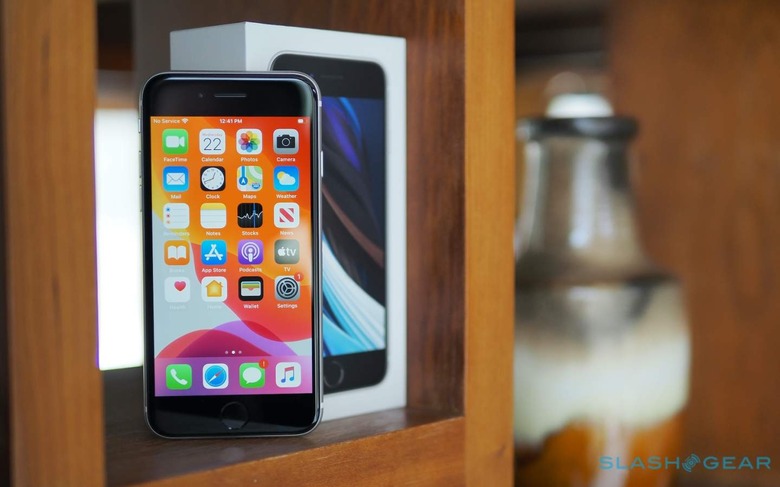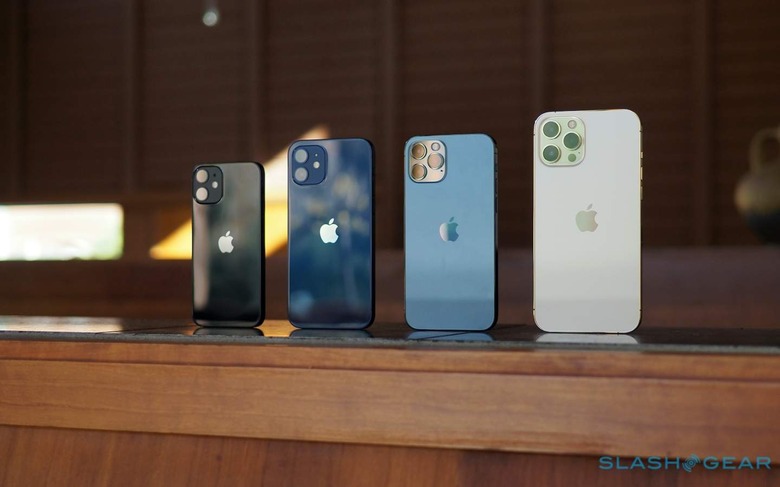iPhone SE 5G said on track as Apple makes drastic iPhone mini decision
Apple is readying a shake-up in its most affordable iPhone models, fresh leaks suggest, with a new iPhone SE 5G and the demise of the iPhone mini said to be on the cards. Not only will the iPhone 13 line-up – expected later in 2021 – consist of only 5G models, but the new budget iPhone SE will also embrace 5G technology.
Currently, the iPhone SE – the second generation of Apple's most affordable model – supports 4G LTE, which is more affordable than 5G hardware. That, plus using older chipsets and display technology, has helped Apple keep the price of the phone down to $399.
However with increasing availability of 5G support among low-cost Android devices, it was an inevitability that the iPhone SE would eventually embrace 5G too. That, according to Nikkei Asia's sources, could happen as soon as the first half of 2022. The iPhone SE 5G will combine Apple's A15 chipset, as is expected to be used in the iPhone 13 line-up, with Qualcomm's X60 modem.

Assuming that's the case, it would mean the new 5G iPhone SE would have a talent that few affordable Android 5G devices can boast. While Sub-6 GHz 5G connectivity is the baseline, mmWave is significantly faster – and, admittedly, significantly less prevalent across networks – but adds cost to devices. For that reason, most cheaper Android handsets leave mmWave support out, but an X60-based iPhone SE 5G could theoretically include it, should Apple decide to.
As for the rest of the specifications, as with the last two generations of iPhone SE, Apple will curtail costs with some judicious cherry-picking of existing technology. While 5G and the Apple A15 chipset may be cutting-edge for the new phone, it'll stick with the iPhone 8 aesthetic and a 4.7-inch LCD screen, it's suggested, rather than an OLED panel and the newer design we've seen on the company's more expensive models.
That could allow it to keep the iPhone SE 2022 at $399, despite the uptick in internal components.
The iPhone mini is on borrowed time
Despite plenty of fanfare, however, the iPhone 12 mini has proved to be less of a success. Although the cheapest of the iPhone 12 family, from $699, and addressing what many had seen for a widespread but under-served demand for smaller smartphones, sales of the iPhone 12 mini have turned out to be far weaker than expected, multiple reports have claimed.

The form-factor will have one last chance to redeem itself this year, it's suggested. There'll still be an iPhone 13 mini in 2021, but Apple has apparently slashed orders on the assumption that it'll be the least popular iteration of what's expected to be a four-strong line-up again. As for 2022, the design is believed to be off the cards altogether.
"It is pretty much decided that there won't be a Mini next year, and there will be a relatively cost-effective version of the largest iPhone Pro Max instead," an insider revealed. "However, the designs for the detailed specifications for the four new models next year are not yet locked in."
Instead of the iPhone 14 mini, then, there'll apparently be an "iPhone 14 Max": a 6.7-inch version of the iPhone 14. That would mean two 6.1-inch devices – the iPhone 14 and iPhone 14 Pro – and two 6.7-inch devices – the iPhone 14 Max and iPhone 14 Pro Max – assuming Apple's current nomenclature holds. Other rumored specifications for the 2022 iPhone models include an under-screen Touch ID sensor in addition to Face ID.
